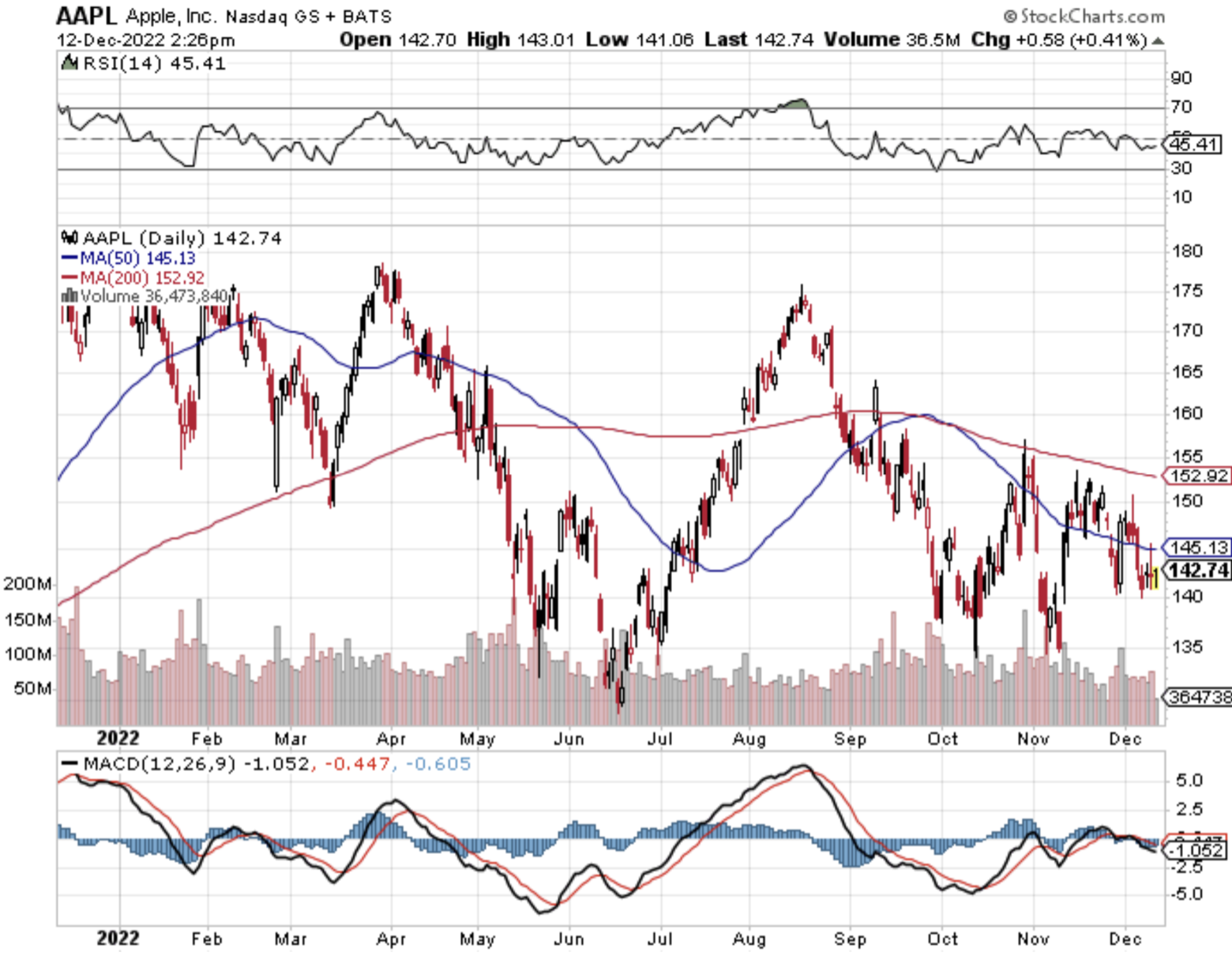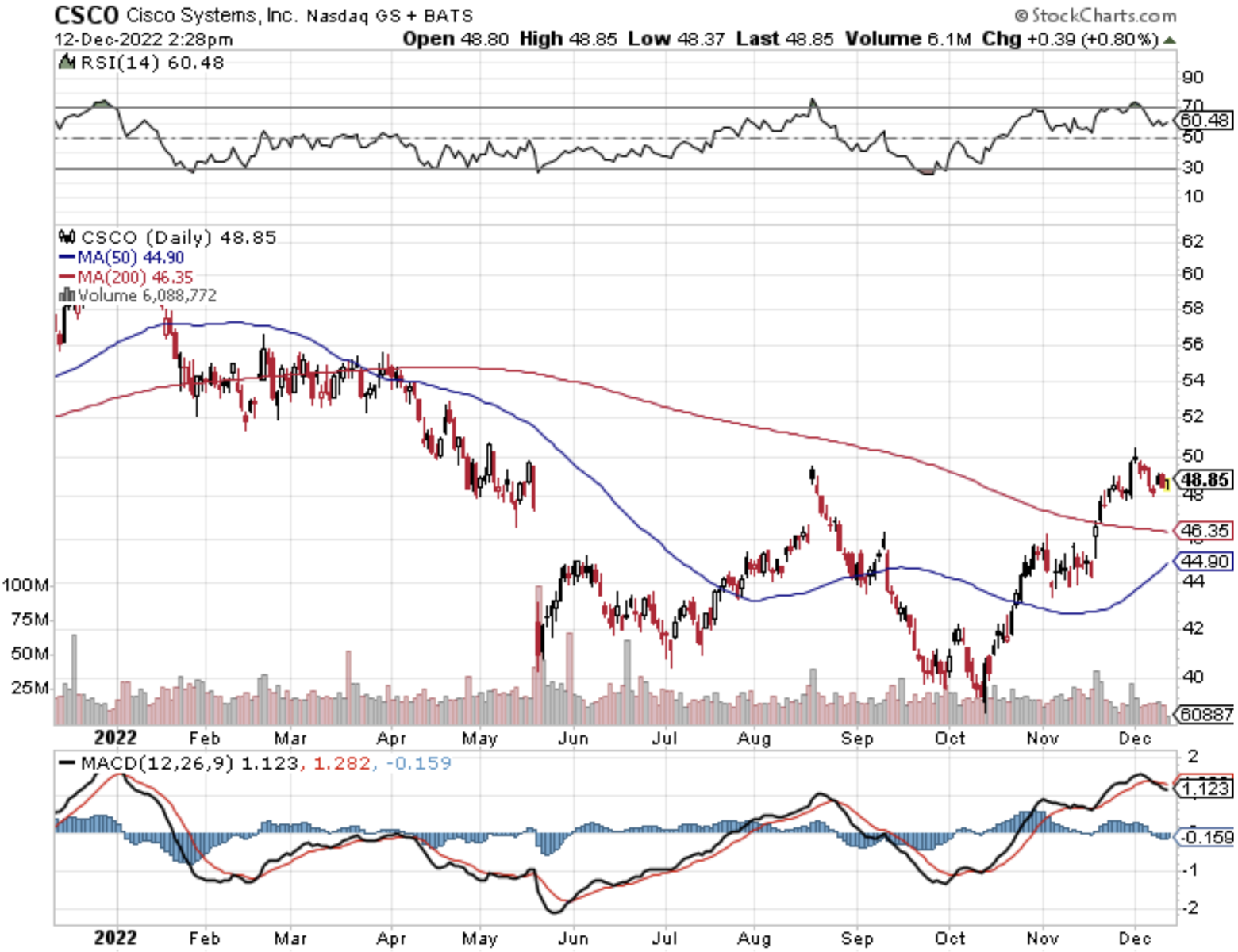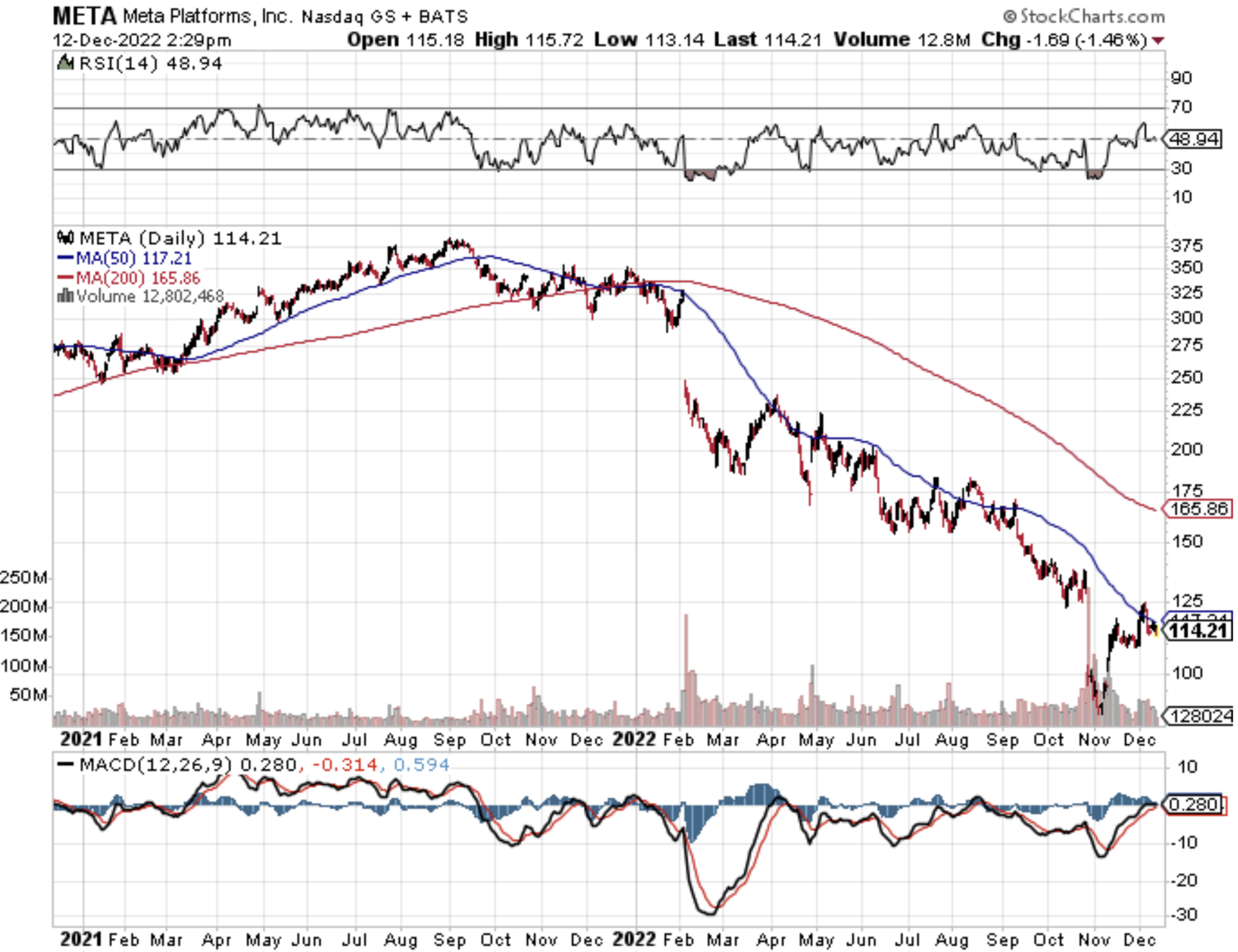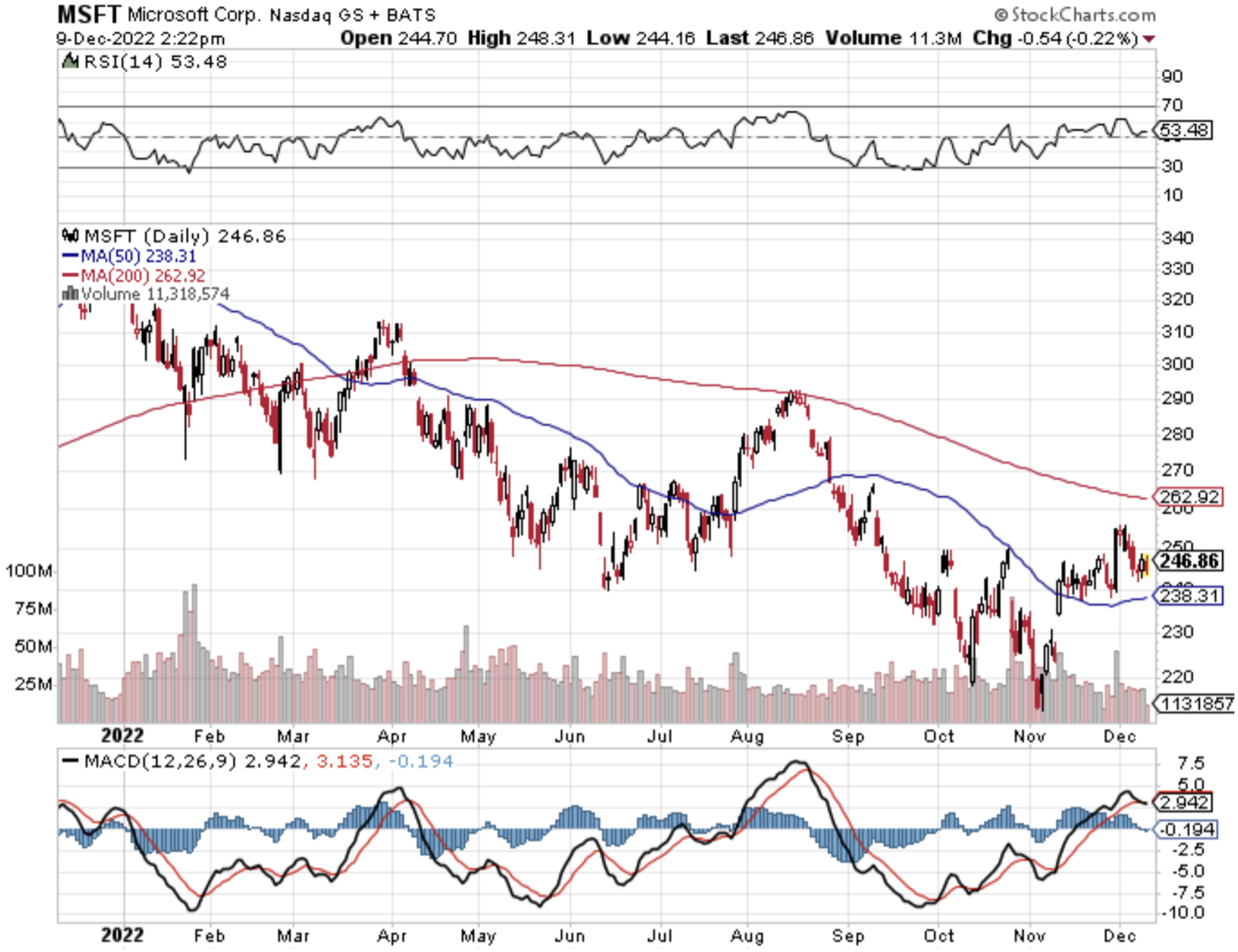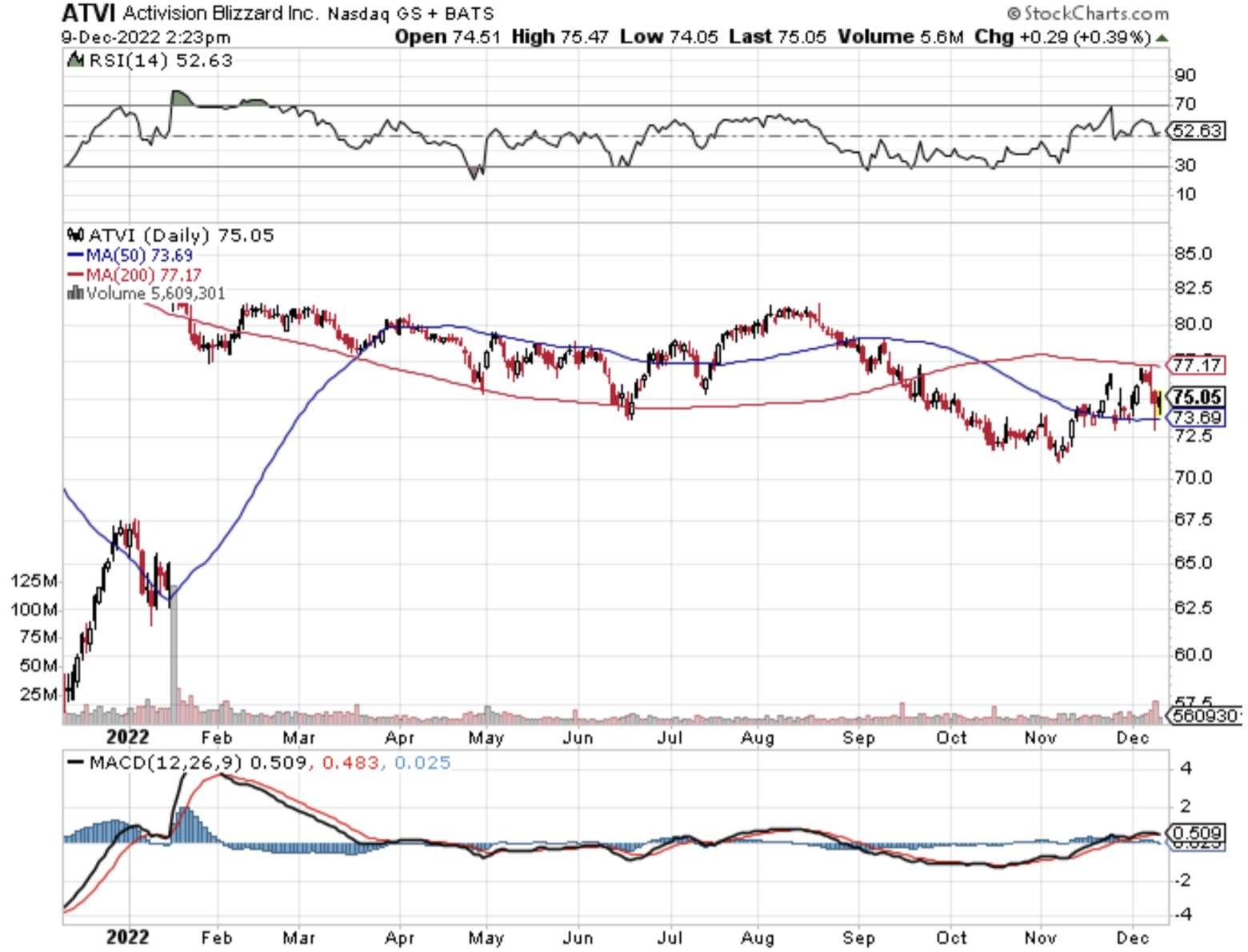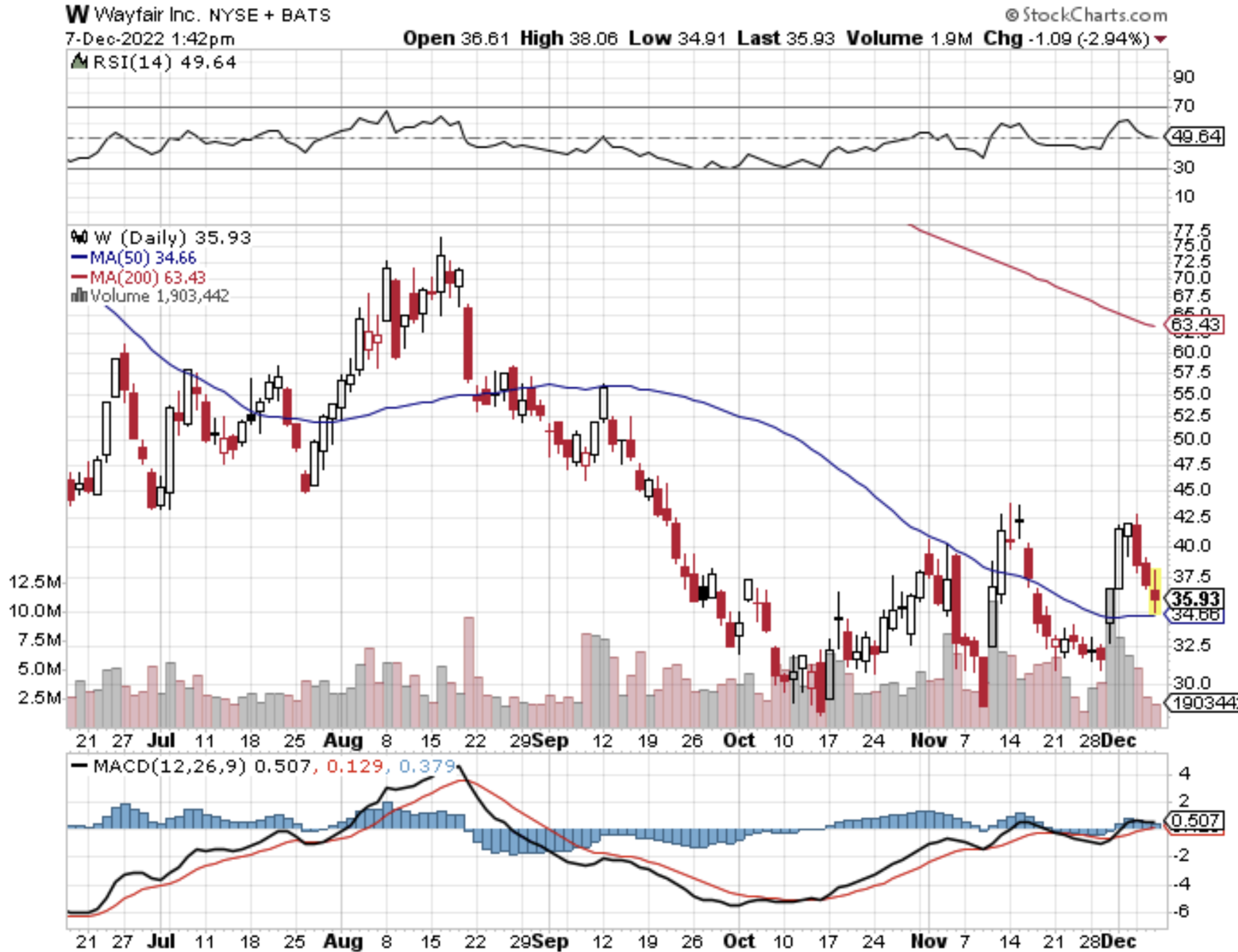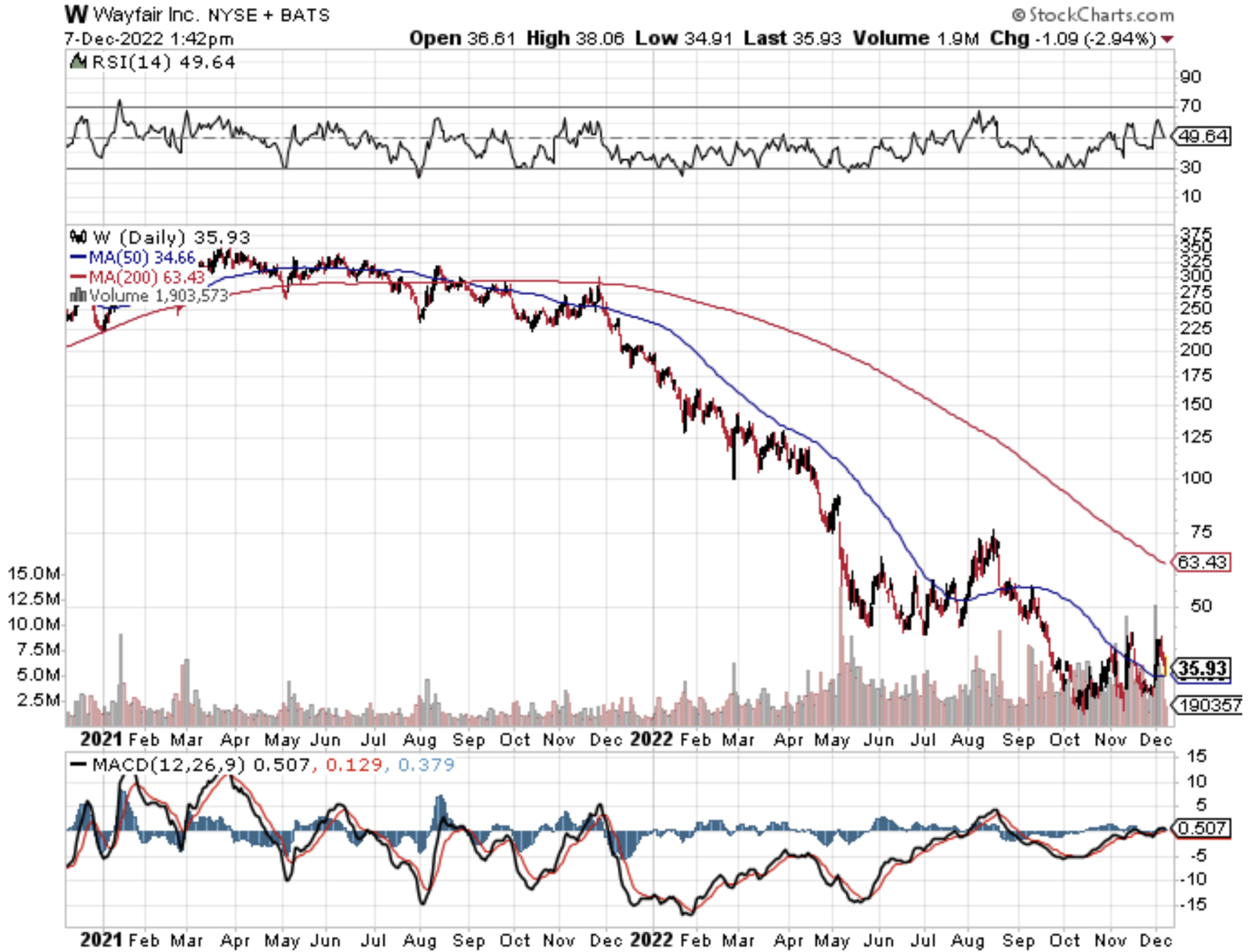It is almost guaranteed that the 2023 tech playbook will be quite different from 2022.
That’s not to say it will be easy.
But backward-facing data shows us that market leaders of a certain time period in history almost never recreate the same kind of success moving forward.
Domination emerges from elsewhere and is usually a place we would have never imagined.
Looking at some of the biggest tech companies in 2022, many were wrong-footed.
Micro examples are plentiful such as Apple’s reliance on Chinese factories for iPhone manufacturing.
Also, there is the failure of Meta (META) to have pivoted to the metaverse, and look at Netflix suddenly thinking it was a genius idea to enter the American culture wars with their content.
There were early signs that a shift is already underway.
Even more concerning is that these big companies are out of ideas for the moment.
Will Apple (AAPL) keep making the iPhone with no material improvement?
Probably yes since they can get away with it for the moment.
I believe that a company will come along and finally knock the stuffing out of these big tech giants.
Some of them have gotten too comfortable and instead of investing deeply into their creative divisions, they have chosen to increase share buybacks and bolster dividends.
The percentage of capital spent on research and development keeps dwindling as a percentage of total revenue.
Next year’s tech consensus is 8% revenue growth which is hardly what you would expect for this traditional growth sector.
While it is true that it is hard to move the needle much for a $2 trillion company, I still feel they aren’t doing enough to rewrite the rules of the game while they still have the clout and resources.
The example of past stock market greats is a reminder that things can change quickly. Cisco (CSCO) and Intel (INTC) were leaders in the dot-com boom of the late 1990s, but have never climbed back to the highs they reached in 2000, while it took the Nasdaq 100 Index 15 years to surpass its 2000 peak.
Not only is revenue growth projected to shrink next year, but profitability is supposed to slow by 2%.
Faced with higher cost of borrowing and rising inflation, investors are becoming choosier in terms of which companies they are willing to back.
The last few weeks have been incredibly slow in not only the volume of tech trading but the velocity of price movement in tech stocks.
The Santa Claus rally was effectively extinguished when China’s protest smothered the loosening of interest rate momentum.
Since then, we have received mixed reports in China which have been difficult to decode because the country is like a black box.
Tomorrow we will finally get more direction to tech stocks with the CPI report that everybody has been waiting for.
Expectations are for a 7.3% increase year over year in the face of rising producers purchasing data.
Either way, a big move is expected tomorrow upon the news of the inflation data.
It will either confirm that inflation is headed lower, which is bullish for tech stocks, or a high data point will trigger a sharp selloff.
Expect some new tech trade alerts short following the CPI report tomorrow.

